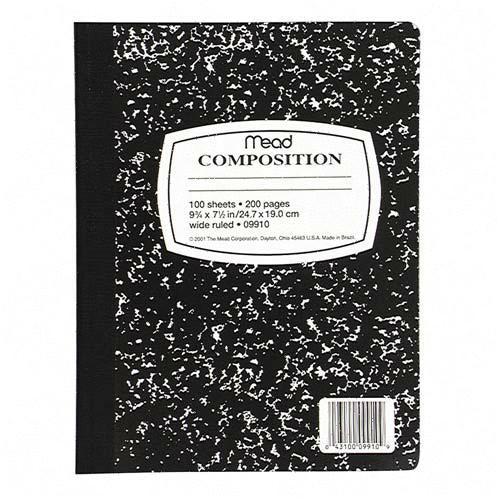
Today marks one month of blogging every day. It’s a little hard to believe; since starting this blog in August 2007, I racked up something like 100 posts, and if I was in the mood to do the math, it would probably work out to a depressingly low frequency — a far cry from the promise I made myself when I started (two posts a week, I believe, was the goal). Yet in the last 30 days, I’ve added almost a third of that total again.
It’s a small victory, but a victory nonetheless. My method for achieving it, if this earlier post didn’t make it clear, is to consciously lower the threshold for my own writing, making myself OK with contributing less-than-stellar content every time. It’s been a way of knocking the chip off my own shoulder, an exercise in getting over myself, and in that sense quite healthy — if humbling. (Are the humbling experiences of life always the healthiest? Tricky question, given that my phases of self-aggrandizing overconfidence are premised on, and interleaved with, deep insecurity.)
That it has resulted in the regular production of words and ideas in a more modest vein aligns this exercise with a long history of writing and engaging in different forms of writing practice: I’ve kept a diary since 1984, when I was eighteen, and between 1990 and 1991 I made a point of writing every day for a solid year. On nights when I was too wiped out to open one of the black-and-white composition books in which I preferred to write, I would scribe sentences in the air with my finger. Was that writing? Sure, if what counts is only the commitment to the act, a playing-out of internal monologue. But definitely not, if the measure of writing is to record something outside oneself, externalizing a record that thenceforth coexists with you and even splits away to find a new audience.
What I’m talking about is publication, a concept that’s been much on my mind since becoming an academic, and even before. As a kid, I wrote scripts for short science-fiction movies I planned to shoot in Super 8, synched to the vinyl records I listened to in my bedroom: Stravinsky’s Firebird, Saint-Saens’ Danse Macabre, Jerry Goldsmith’s music for Star Trek: The Motion Picture, and just about every film score composed by John Williams between 1977 and 1981. (My all-time favorite, though, was James Horner’s score for Star Trek II: The Wrath of Khan.) These screenplays morphed over time into scripts for plays I envisioned staging at my high school or in college, where for the first years of my undergraduate career I pursued a major in theater. Halfway through the eight years it took me to earn my B.A., I became an English major, and from there my writing ambitions recentered around short stories and novels. I would chase that dream throughout the 1990s, until I abruptly came to the end of the dream in 1997. The next year, I started graduate studies at the University of North Carolina.
Long story short, I’ve always been a writer, always wanted to be one, written a lot of words in pursuit of that dream. For the last six years, as an assistant professor at Swarthmore College, writing has become laden with the pressures and expectations of the tenure track, a challenge to which I’ve risen only sporadically, and often resentfully — as though, deep down, I’m still happier to sketch ideas in the air than commit them to paper.
The blog is yet another space, I understand: not quite a diary, not quite scholarship, but something in between. I struggle to locate myself within it, even as I try to find a magical bridge between the words that come so easily (well, fairly easily) to the screen and those I need to convince an academic press to accept. It’s an ongoing adventure as well as something of a slog. I don’t know if success is out there (or readers, for that matter). But for now I will keep posting — every day.



